10 Simple Tips to Take Beautiful Photos in the Rain
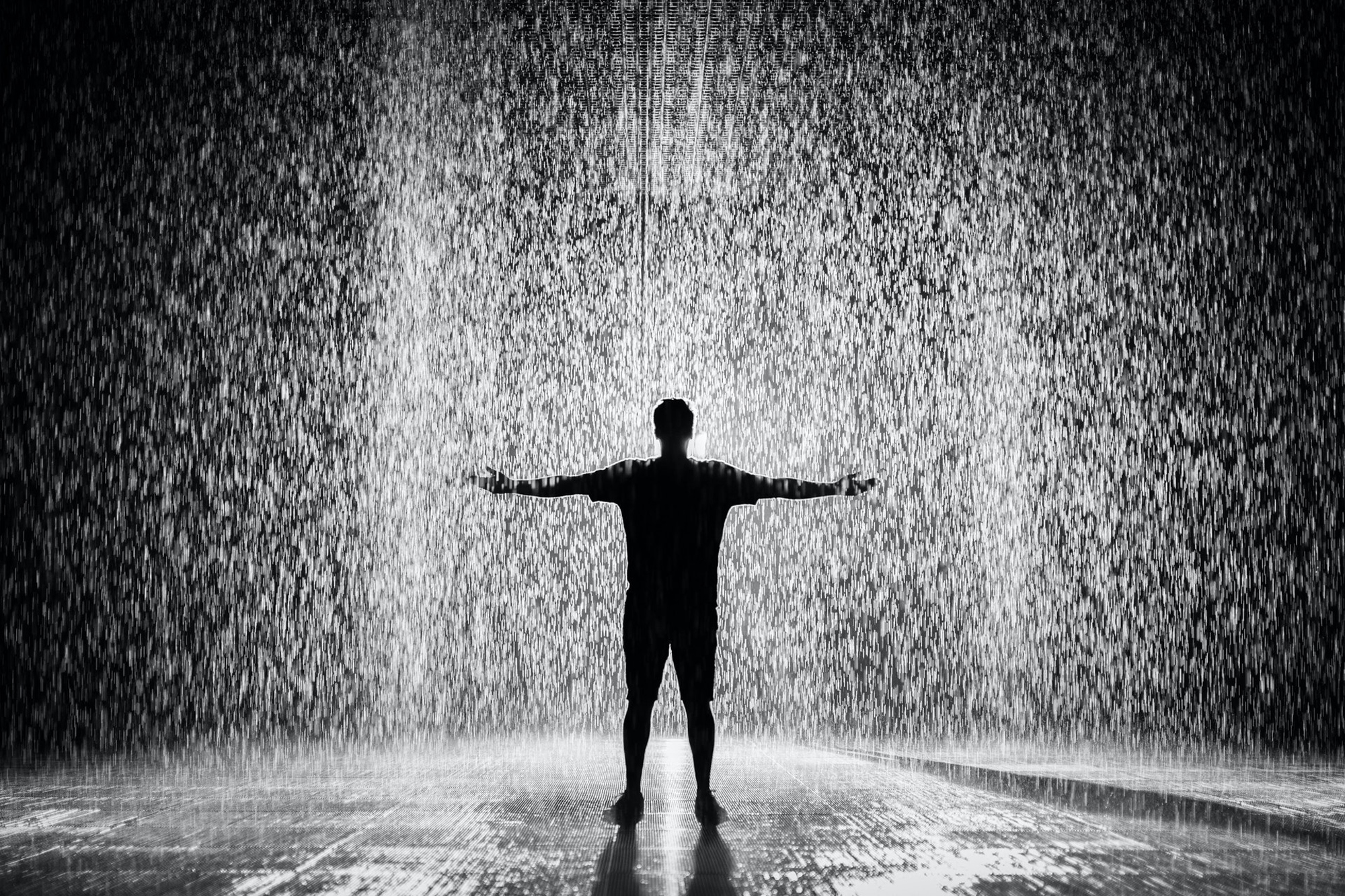
It’s raining again. It’s sudden, unpredictable, and it can take a beautiful day and make it downright depressing. And yet, the rain can give you some of the most amazing photos you’ve ever seen — assuming you’re prepared. You’ll probably wind up with some less-than-ideal photos, but having the right gear can help you make the best of them.
This article is about taking great photos in the rain, but there are a few things to consider if you plan to head out into it outside.
If you’re caught in a flash flood, don’t try to take photos. Find shelter and turn around if it’s too dangerous. The same applies to hurricanes and other severe weather events. You can still shoot some great pics during these times, but be careful — you don’t want to die.
Also, never shoot lightning with a camera with a digital sensor that you care about. You’ll get lines coming down into your images from the charge field of the lightning bolt.
Here Are 10 Simple Tips For Taking Amazing Photos In The Rain
TakeYour Time
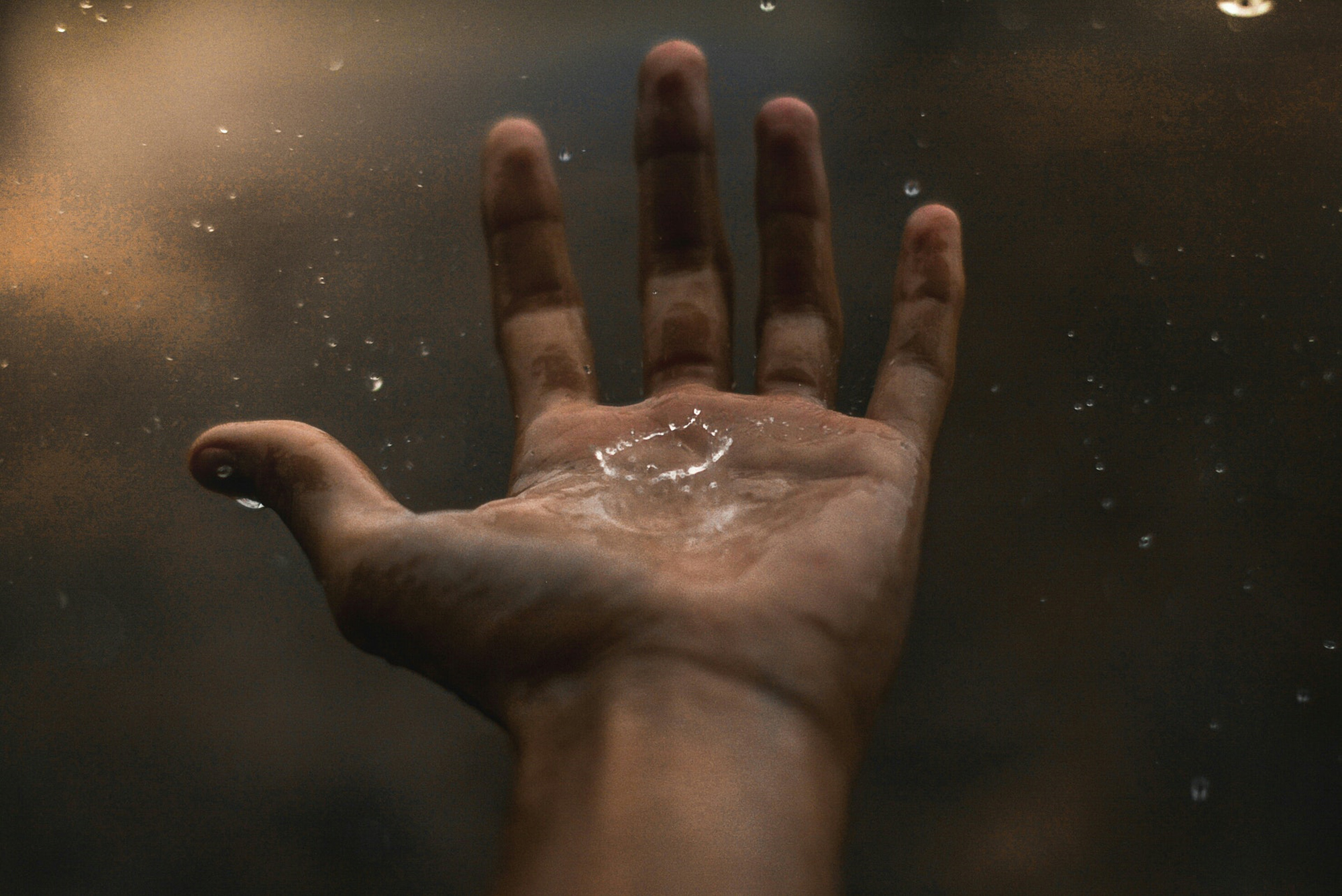
The idea with weather photos is to get everything you see in front of you into the photo. So don’t be in a rush. Take as much time as you need, and don’t be afraid to move far away from the event for a few seconds if you need to get caught up. You may want an even wider view of the scenery but wait for that because if you stop to take it, the rain might come down harder or faster than expected.
Shooting the sun while the sky is overcast is much harder than shooting it while the sky is clear. But try to take your shot when you see an opening in the clouds and let the sunshine through. The spot may be gone in a few seconds, so try to get there quickly. Your camera may do most of the work for you, so don’t panic unless you see lightning or a building falling (I’ve seen both of those on photoshoots).
Carry A Camera Bag
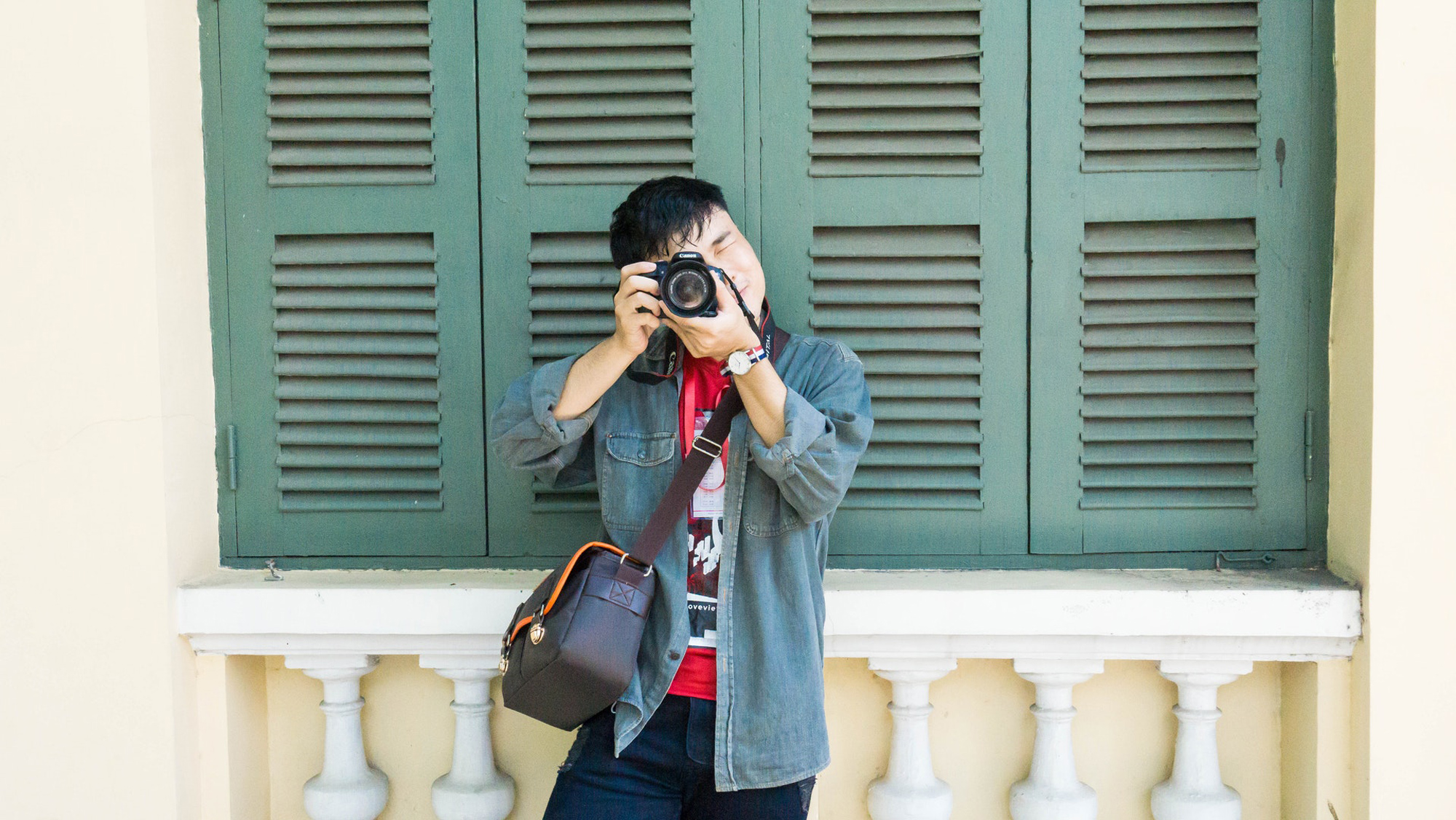
If you are a wedding photographer, it’s best to have a dedicated camera bag for your rain gear and camera equipment accessories. Otherwise, you’ll have to rely on what you brought with you, which may not be enough. You can check our article on the best camera bag for wedding photographers and choose the right one for you.
A camera bag may look as cool as the ultimate backpack or fashionable shoulder bag, but you can rest easy knowing your most valuable equipment will be safe and dry whenever the weather gets wet. You can get a waterproof camera bag and never worry about ruining your equipment because of rain.
Use Gels For Bright Sun And Clouds
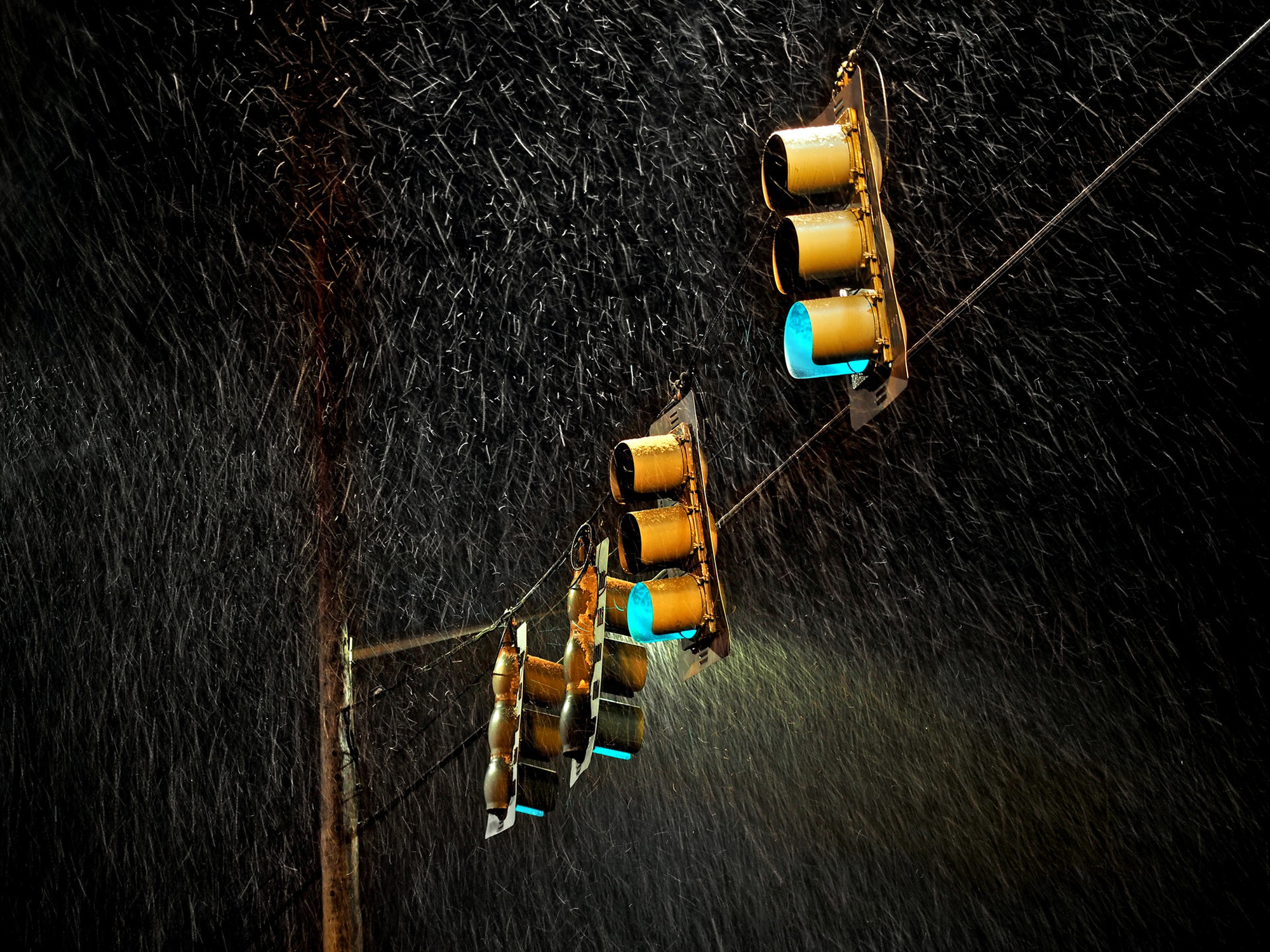
This tip might seem obvious to most people, but there are still some who don’t carry gels like the Nikkor 200W-4008D UD GND filter with them at all times. And it really makes a difference. If you’re shooting with a camera with a bright lens, then carry some gels to get the harsh sunlight out of your photos and replace it with something more neutral.
You can also use them to protect your lens if you shoot in the rain. Once again, it’s all about protecting the gear you paid good money for, so don’t forget to bring gels with you.
Know Your Lighting Conditions
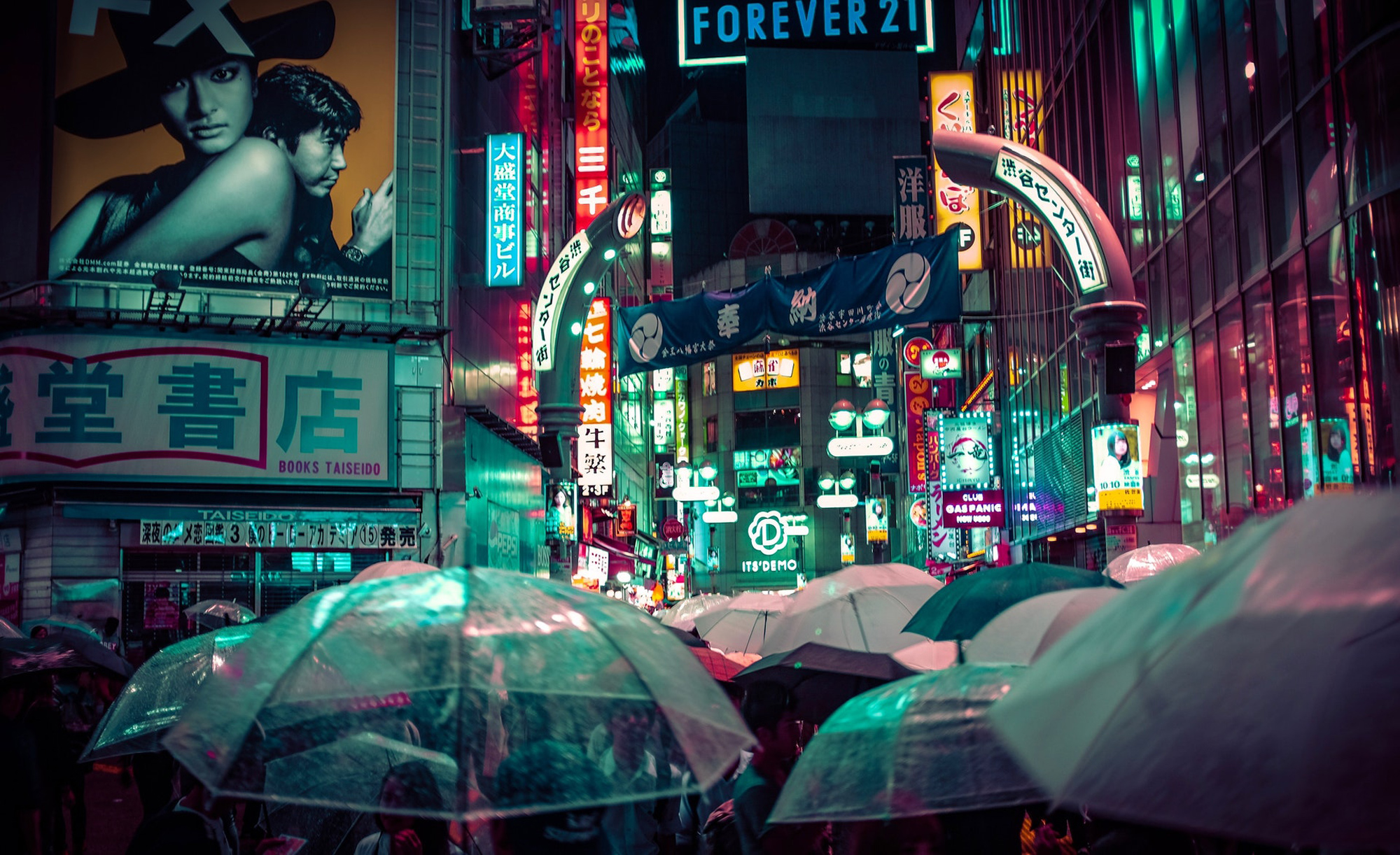
Don’t go out into the rain if there’s no need for you to do so. We’re not talking about the sun here. For example, it would be stupid to shoot in the rain on a bright sunny day. It doesn’t make any sense, and it will be hard to make any nice photos out of it. Don’t hesitate to go shooting in a limited-light location, don’t hesitate and head out there.
Also, make sure your camera has a flash unit. Chances are pretty high that if you’re shooting in that kind of lighting, then the flash on your camera won’t be enough, and you’ll want to use an external flash unit instead. With so many third-party flashes on the market these days, chances are good you’ll find one to fit your camera and not have to buy an expensive one. If it’s raining hard and there’s no sun, don’t expect great photos.
Use The Sun As A Reflector
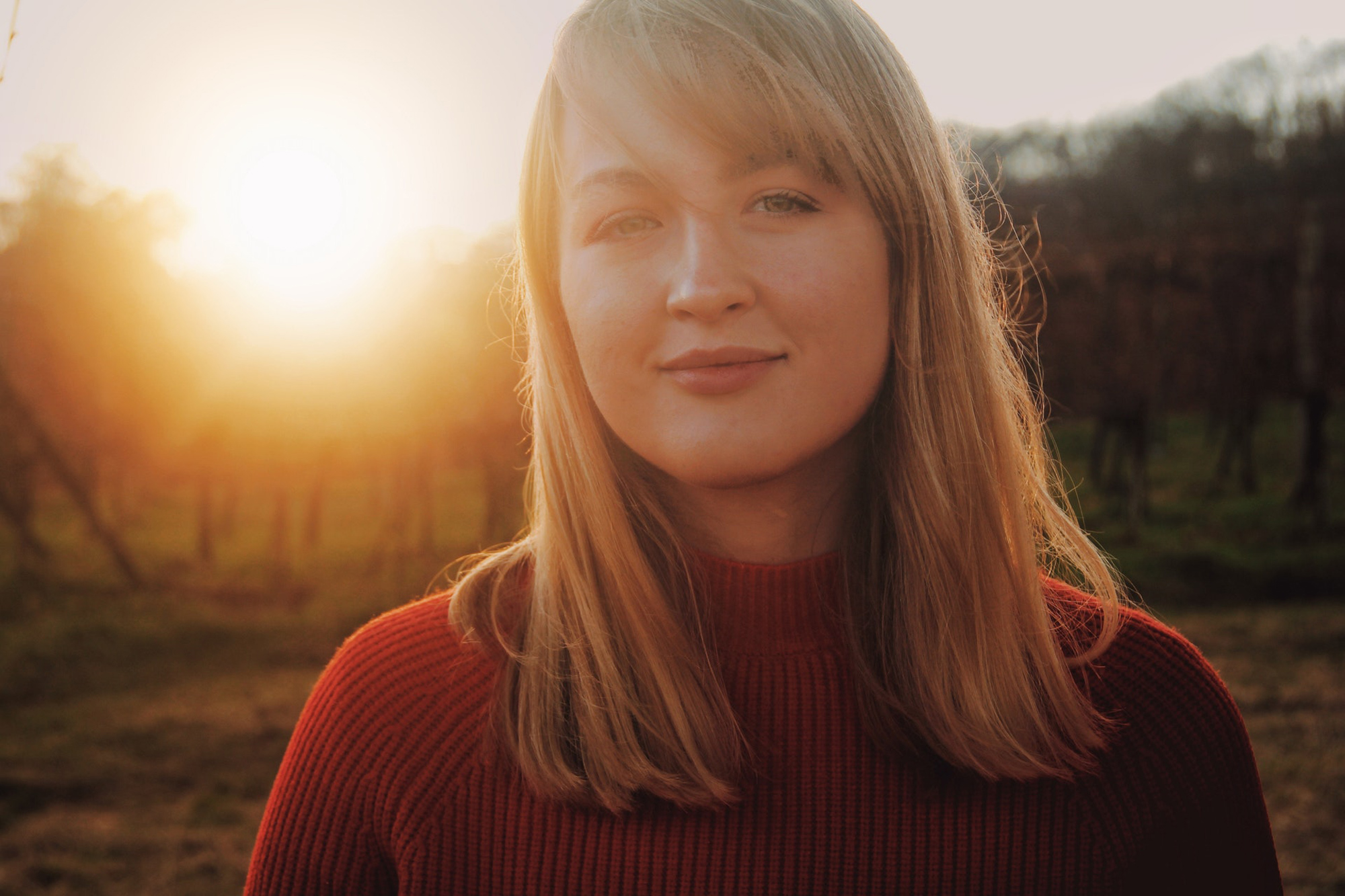
Let’s say it’s raining, and the real light is just to your left. If you move to the right, you’ll have more of the sky in front of you, but it will still be bright. To take full advantage of that. Use your camera’s main flash unit and turn on the sun as a reflector to get some nice soft light coming from an unexpected angle.
This is a good way to add that sparkle to a gloomy day. If your main subject is directly in the sun, it will be hard to get the light right using this method. The sun is too bright, and it will be tough to get a really good exposure.
Use A Lomography Camera
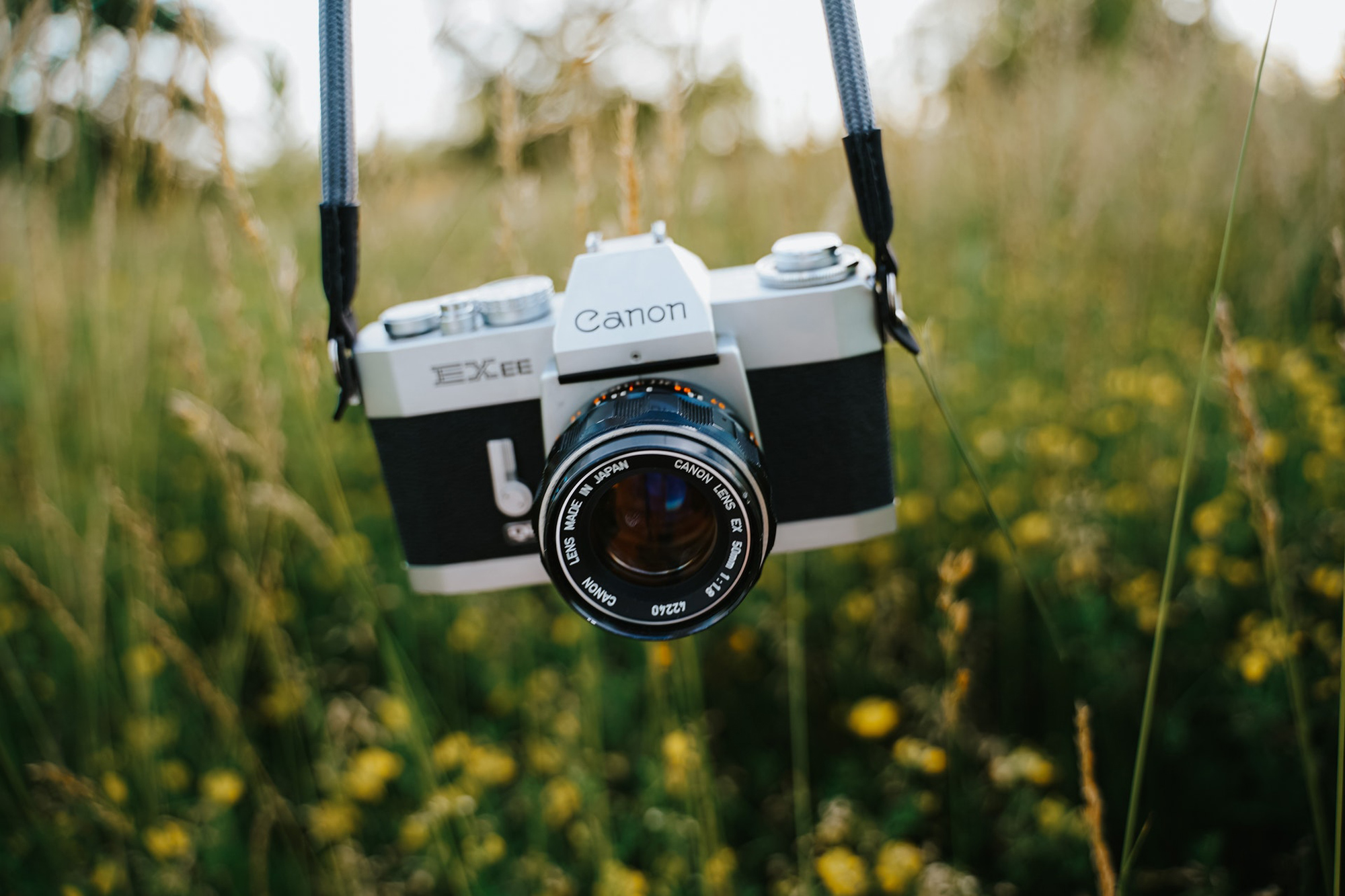
Those cameras are designed for shooting in the rain. They have a plastic body and won’t break even if they fall on the ground while you’re out taking photos. This is great if you love the feel of the film and still want to shoot in the rain without worrying.
To make your photos even better, carry some wet color film and put it inside the camera. You’ll get those amazing colors that only come from shooting with a Lomo camera. Please leave it there for a day or two to get even more out of it before developing your images.
Shoot In Horizontal Orientation
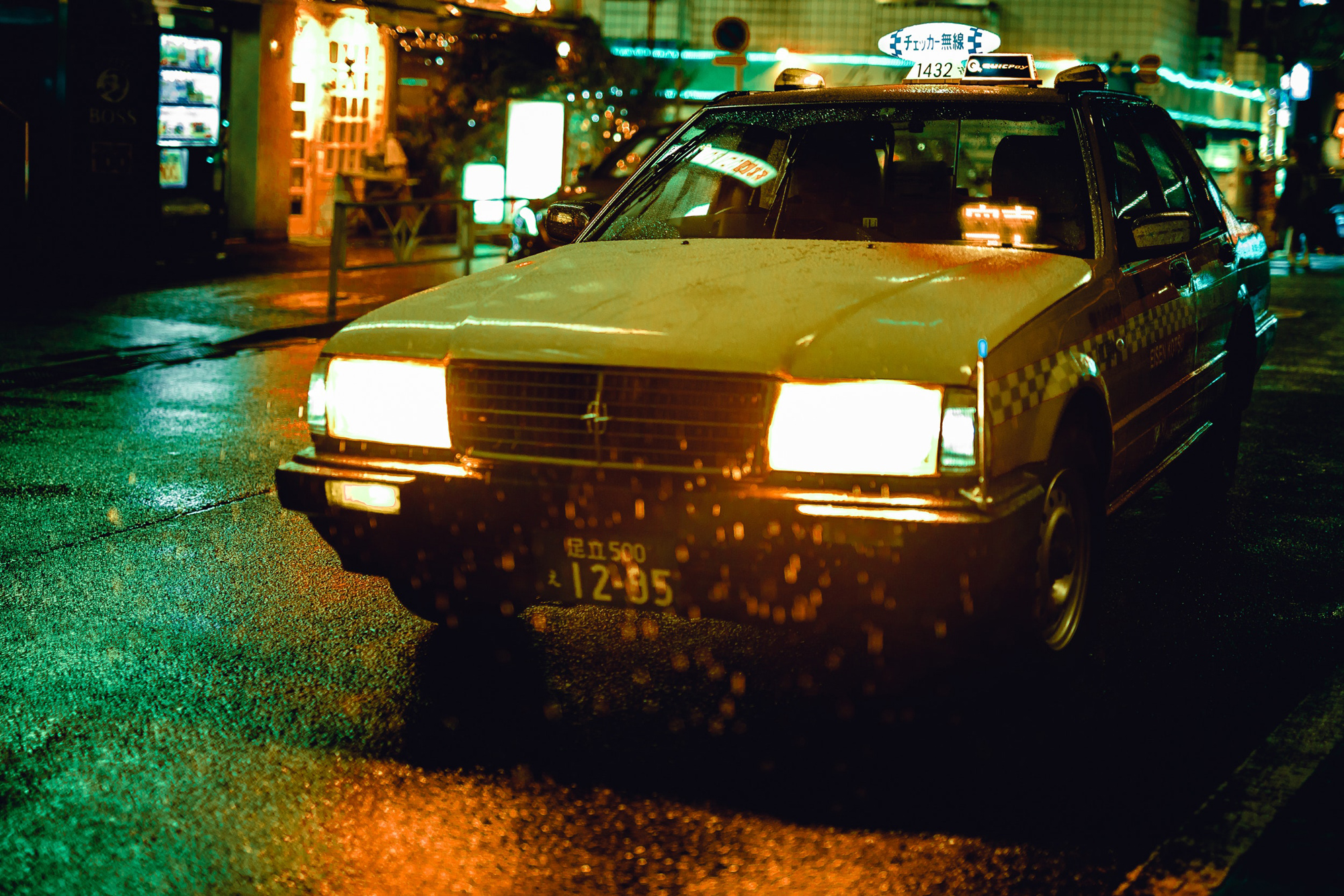
When you shoot a photo with a normal vertical orientation, your camera has to do a lot of work to get the light right. This can take a long time, especially if it’s windy out. If you shoot in horizontal orientation, you’ll be able to get the light right quicker, and the results will be better.
Another benefit is that you’ll get less grain in your photos if shot in horizontal orientation. This can make them appear more natural and artistic. Also, horizontal shots are easier to crop later on with Photoshop. The downside is that you’ll have to use a wider lens to capture the entire scene. But if it’s raining hard, getting in close with a wide-angle lens isn’t that realistic.
Use A Tripod
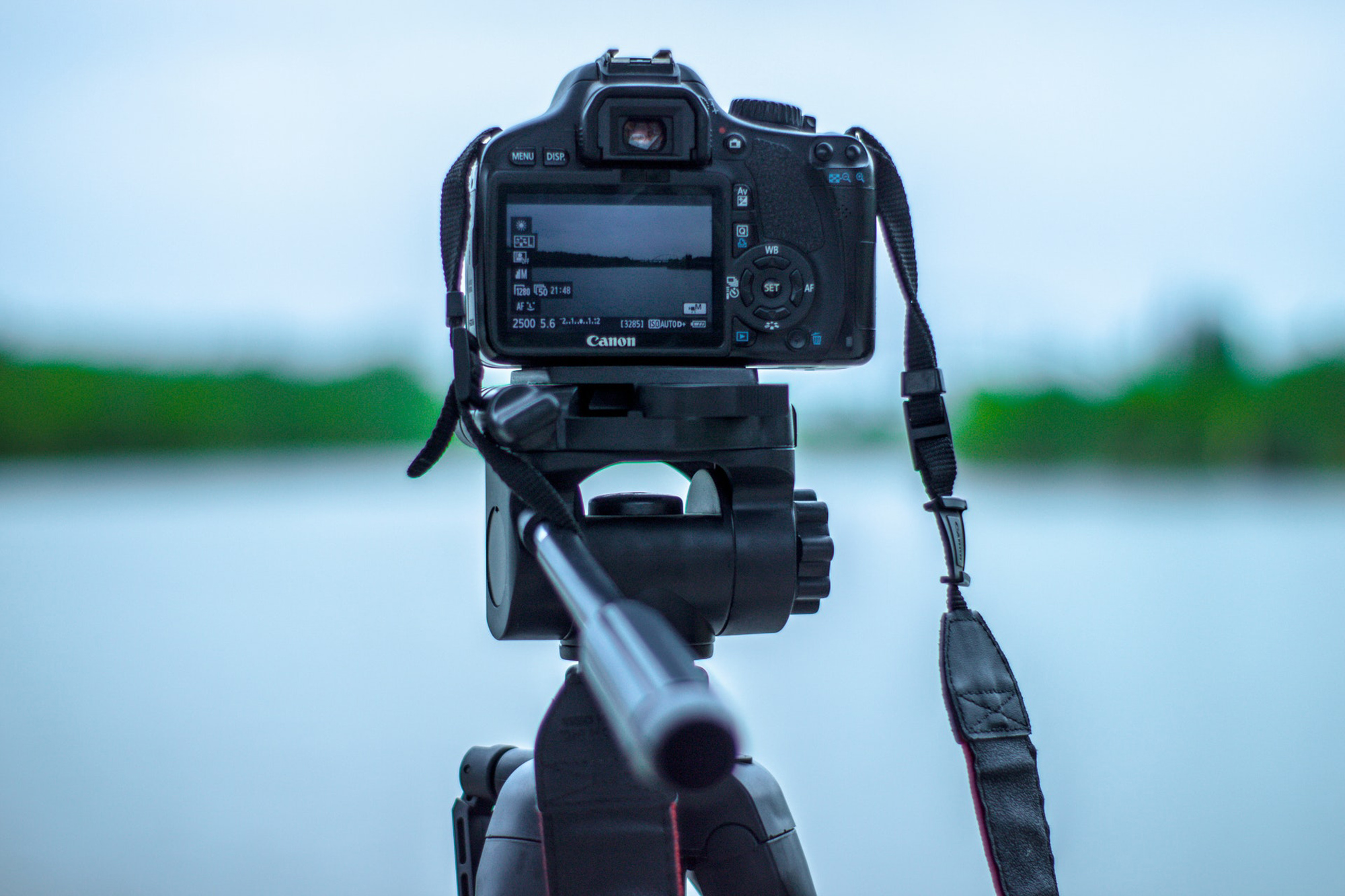
Yes, it will be heavy, and the rain might ruin it, but if you don’t bring a tripod, you’re not going to get anything good. If you really want to take amazing photos in the rain, using a tripod is always recommended. But try to find one that can withstand some rain and wind without getting destroyed.
You can always use a large umbrella-like we mentioned earlier or even an old tarp to set your camera down on. They’ll be much easier to carry than a tripod. It’s also another guarantee that your photos will be better. Or use a monopod. Monopods are small and compact, so they’ll be easy to carry around and take good photos with.
Use An Umbrella
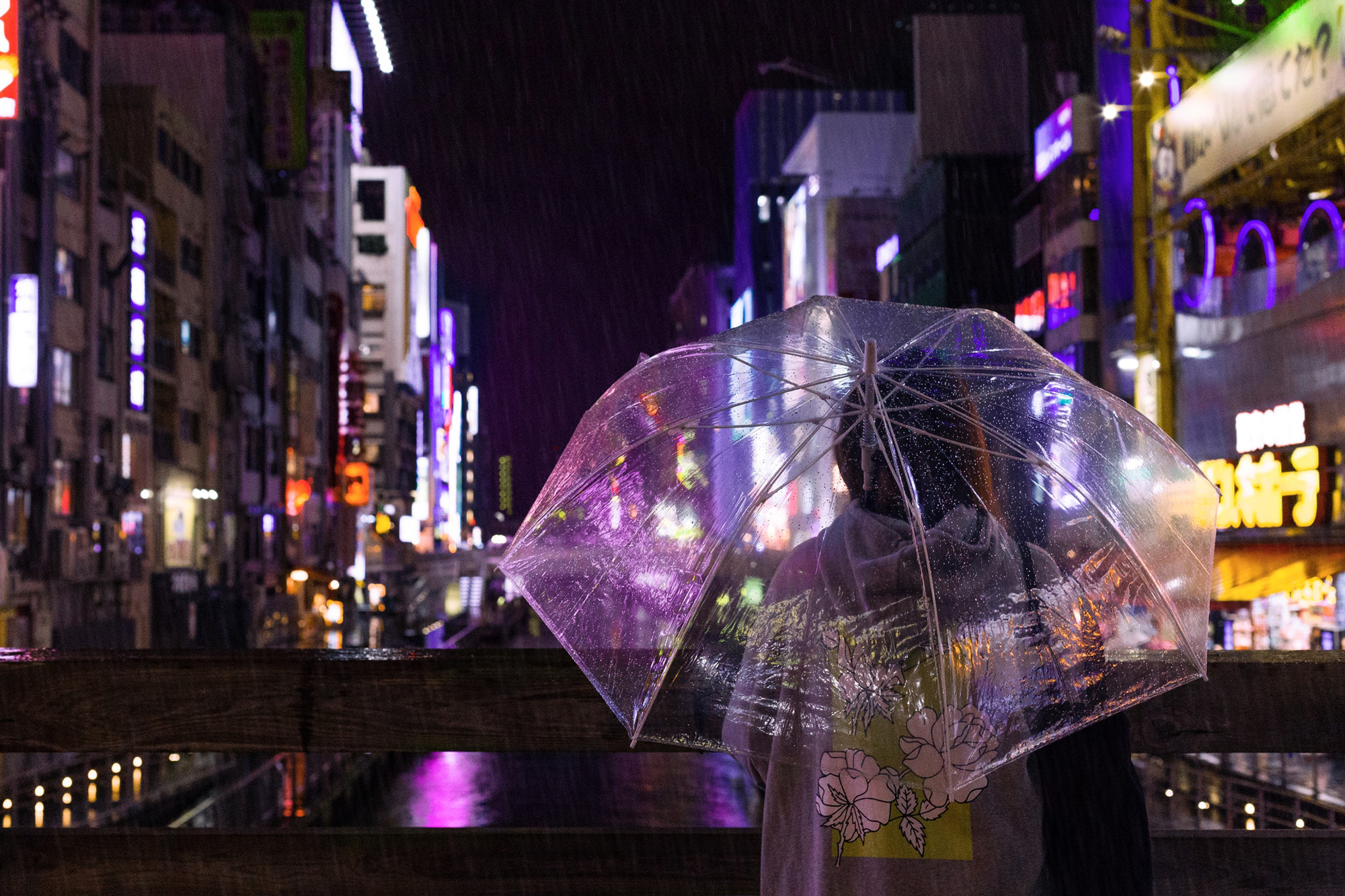
An old-school solution that works great if you’re not into photography as much as you would like to be. If you want something more advanced, check out the Think Tank Rain Cover for DSLRs, Lenses, and Accessories (Black). professional wedding photographers use this when they need a reliable rain cover for their gear. It’s more expensive, but it’s also much more flexible to fit every hard-to-handle DSLR or camera with a standard lens.
If you want to go the easy route, here’s an idea. Keep your camera in the bag or carry a separate rain cover for your camera. This way, you won’t have to worry about taking the bag and risking the materials inside getting wet because you can use a small storage bag.
Shoot Portraits In The Rain
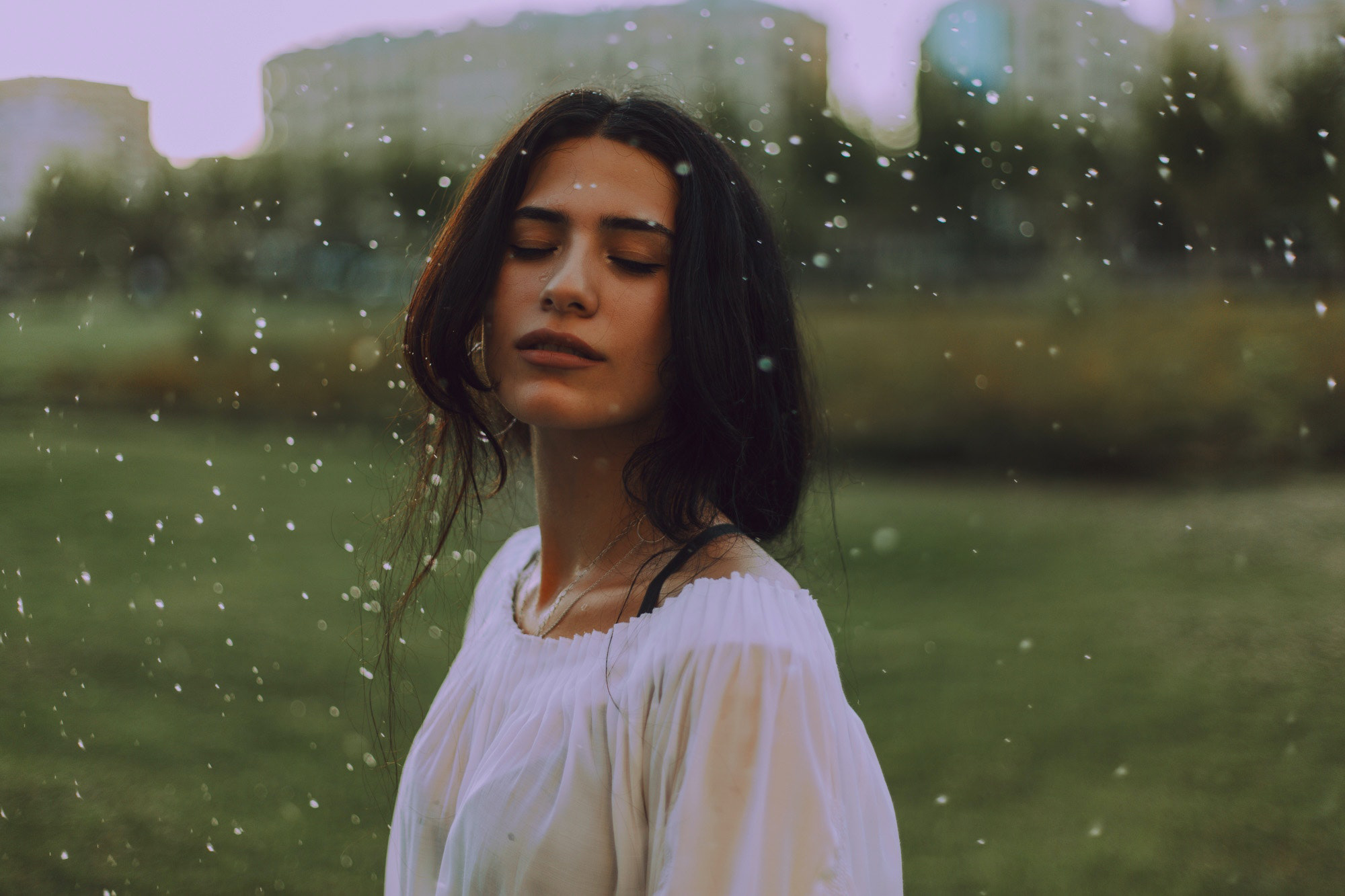
There are many great models out there who love working in the rain. There’s not much to say if you’re one of them. You’re protected from the rain and everything else around you (shoot near a building or under an umbrella). Then shoot away. You may end up with some great shots that are perfect for your portfolio. You never know if you might find someone who wants to buy them.
Remember, the sky is often the limit to shooting in the rain. You only need to find a way that works best for you and your camera equipment. So don’t hesitate or fall into bad habits. Try everything, and see what feels right for you.
Conclusion
Rain can be a great way to add more drama to your photography. If you really know what you’re doing, you’ll be able to pull off amazing photos in the rain without too much hassle. Please do your best and share your photos with us! We’d love to see how they turned out!
Thanks for reading and we hope we helped you improve your photography! I’d love to hear your thoughts in the forum section if you know someone who could benefit from these tips, share this article with them! You never know when exactly the rainy weather will hit you. You’ll be prepared for it when it does.
Darlene Barrows
June 2022
San Diego, California
Darlene is an expert lifestyle and travel photographer specializing in photojournalism. She was born and raised in Los Angeles and currently lives in San Diego. She's a travel, music, and food enthusiast and is also a yoga and meditation teacher. She creates unique and colorful images that bring out a story and emotions in her photographs. She started her photography business in 2011 and has a growing portfolio of beautiful travel images and videos.








